
France boasts some of the largest and most sophisticated construction companies on the planet. This summer, BuiltWorlds will return to Paris for our Annual Paris Summit to meet with senior leaders from these firms for unprecedented opportunities to learn and share. This summer will be a particularly interesting time to visit Paris because the city will be making final preparations for hosting the 2024 Summer Olympics, beginning July 26.
As with past Olympics, billions have been spent on new buildings and infrastructure to accommodate the games. However, this time, France and key partners such as BuiltWorlds member companies Vinci and Bouygues have made a special commitment to cut carbon emissions associated with the games by 50 percent compared to prior Olympics in London in 2012 and to pursue a generally more sustainably responsible approach to the games, setting a hard goal of meeting a carbon budget of no more than 1.7 million tons.
Among other things, this summer's BuiltWorlds Paris Summit will be a fascinating, close-range opportunity for those in the design, construction and development sectors to learn about how these leading firms have approached the challenge. Here is a quick preview of what is in store:
1. Paris Riverfront - Site of the Opening Ceremonies
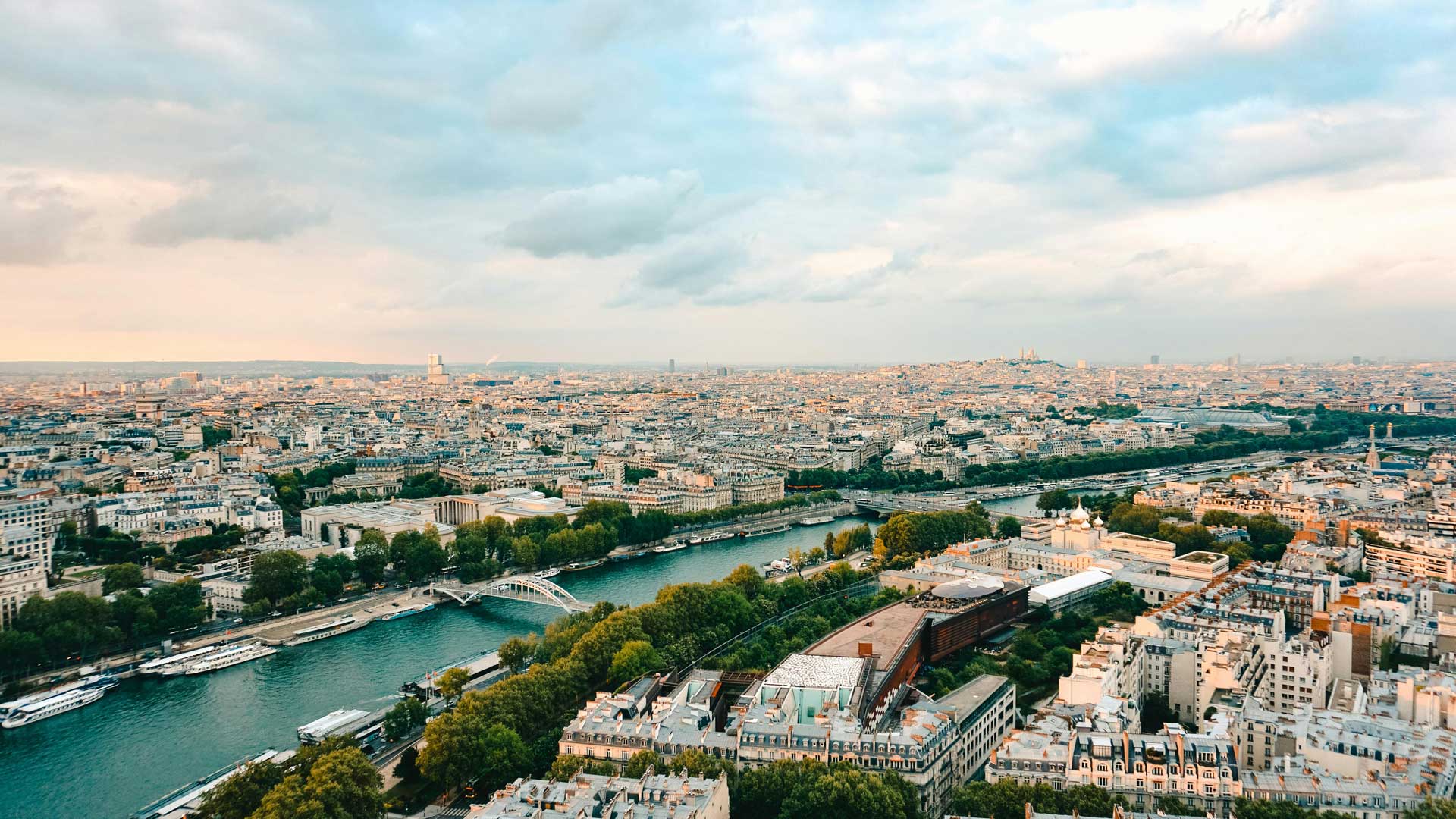
For the first time, opening ceremonies will not be held in a stadium. Instead the city plans to make the riverfront a vast and more sustainable venue for viewing the opening ceremonies. Additionally, spectators will be allowed to view the ceremonies for free as the athletes make their procession across the city.
2. The New Adidas Basketball Arena
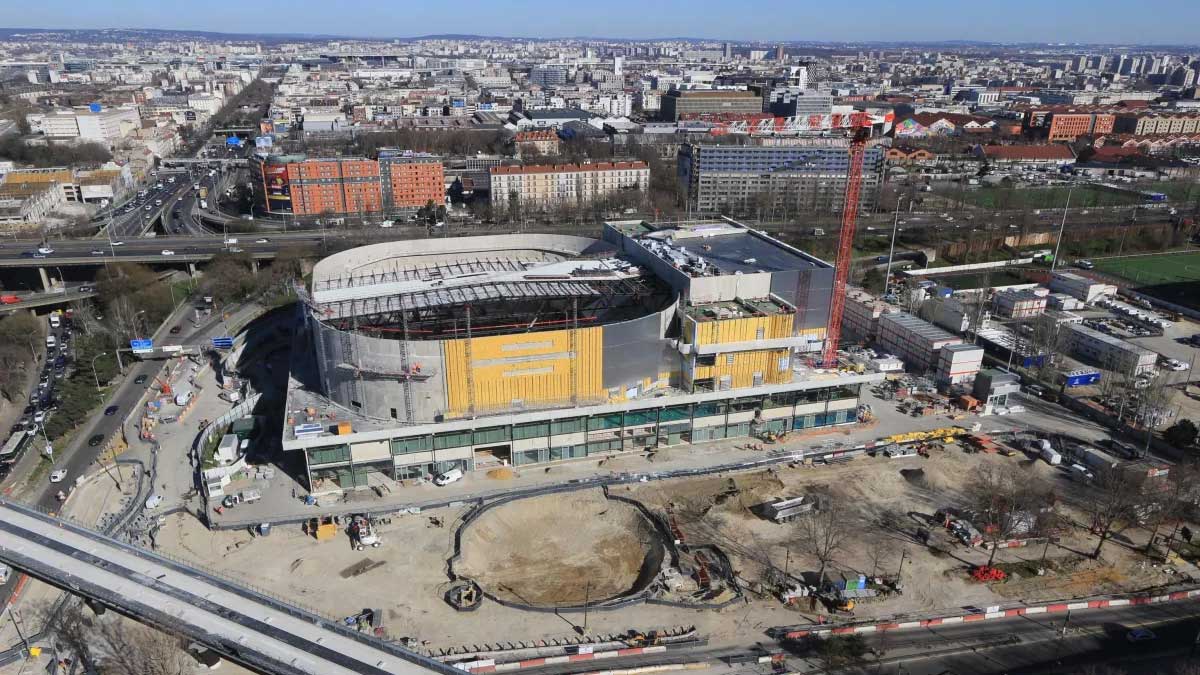
Photo Credit: City of Paris
The only building constructed for the 2024 Olympics within the Paris city limits, the new Adidas Basketball Arena features geothermal heating and cooling and is only accessible by bicycle or public transportation. The structure is made of wood. Six million bottle caps were recycled to make the stadium’s seating, and the contractor, Bouygues Batiment, recycled 900 of the 944 tons of waste produced on the project. Further, the building features a 1700-square-meter green roof to aid with natural heating and cooling of the building.
3. Olympic Aquatics Center
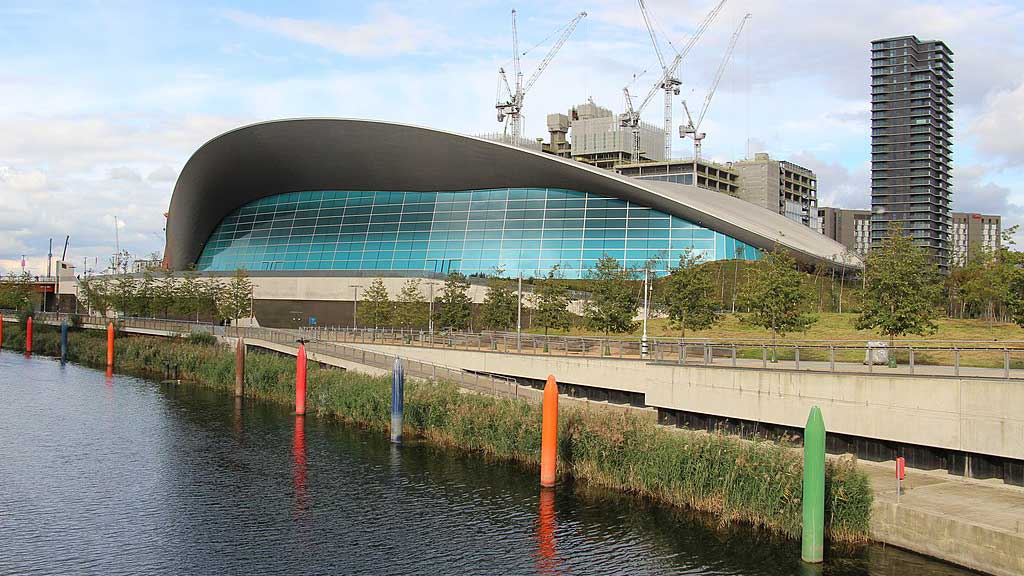
Photo Credit: Fred Romero from Paris, France, CC BY 2.0, via Wikimedia Commons
The only permanent new structure created for the Games, the new Olympic Aquatics Center was constructed by Bouygues Batiment in cooperation with design firms Ateliers 2/3/4/ and VenhoevenCS. Like the basketball arena, the building is constructed in wood. It also boasts solar panels on its roof, making it one of the largest solar farms in France.
4. Olympic Village
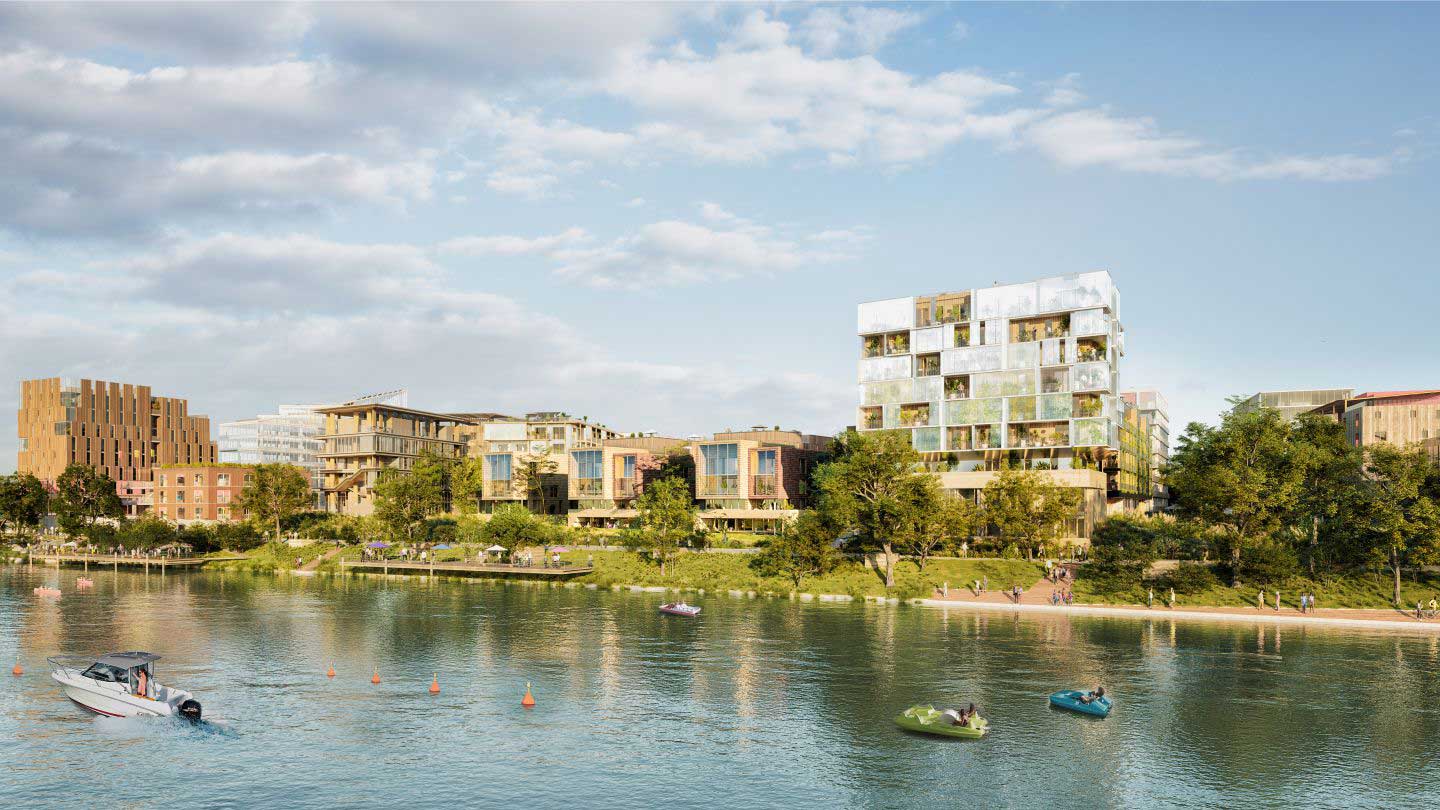
Photo Credit: © Petitdidierprioux Architectes
Another example of how the Paris Olympics intends to set the bar for sustainability and reduced carbon impact is in the Olympic and Paralympic Village. The 126-acre site will house 14,500 athletes and staff in a neighborhood that boasts a carbon footprint that is 30 percent smaller than it would be with traditional methods and approaches. Among other tools, Vinci has used low carbon concrete in the construction of the village, which will also feature solar and geothermal power.
5. Stade de Paris
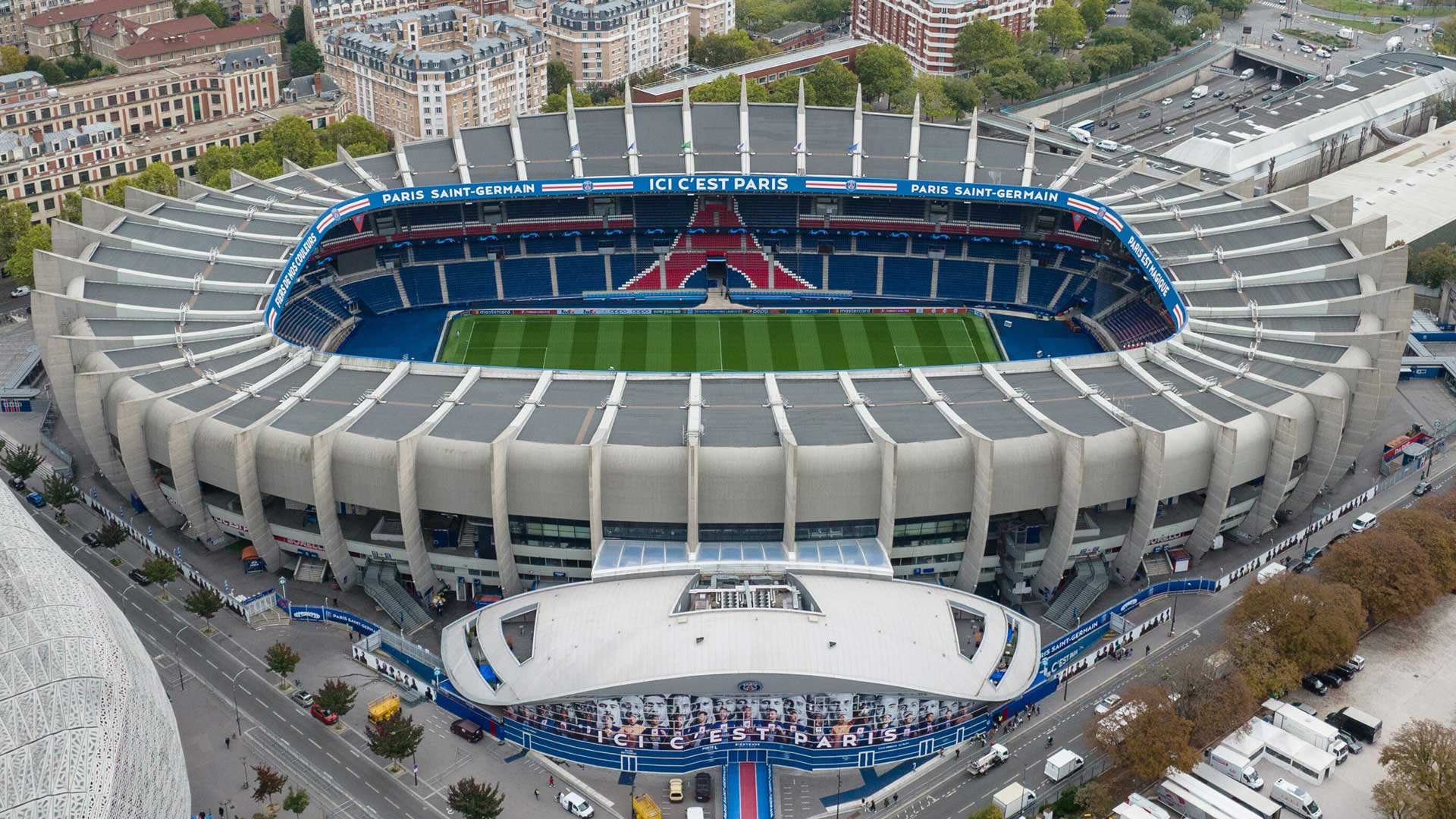
Photo Credit: Arne Müseler / www.arne-mueseler.com
The Stade de France is a case study in how sports and entertainment venues can further sustainability efforts in existing facilities, a major concern for the global building industry, since it is generally viewed as much easier to accommodate carbon-reducing concepts such as geothermal energy, timber and low carbon concrete, and even advanced building management systems in new buildings. The Stade de Paris was built in 2009 but upgrades started in 2020 in anticipation of the 2024 Olympics. Among the improvements, the stadium developed an aggressive waste management recycling and reuse program. It also pursued several efforts to reduce both its direct energy consumption and the carbon footprint and energy consumption associated with travel to, from and around the stadium.
Medalling in Sustainability
From the time of the Paris Accords in 2015, perhaps no country other than France has more seriously and consistently embraced the effort to reduce the carbon footprint of buildings, infrastructure and cities. Consequently, global French innovators such as Vinci, Bouygues and Saint Gobain have invested heavily in supporting the various areas of innovation required to achieve the ambitious goals set forth by the French government - far beyond the 2024 Olympics. This has led to real and significant leadership gains implemented in actual projects, offering lessons for governments and built world industry players around the world.

Discussion
Be the first to leave a comment.
You must be a member of the BuiltWorlds community to join the discussion.